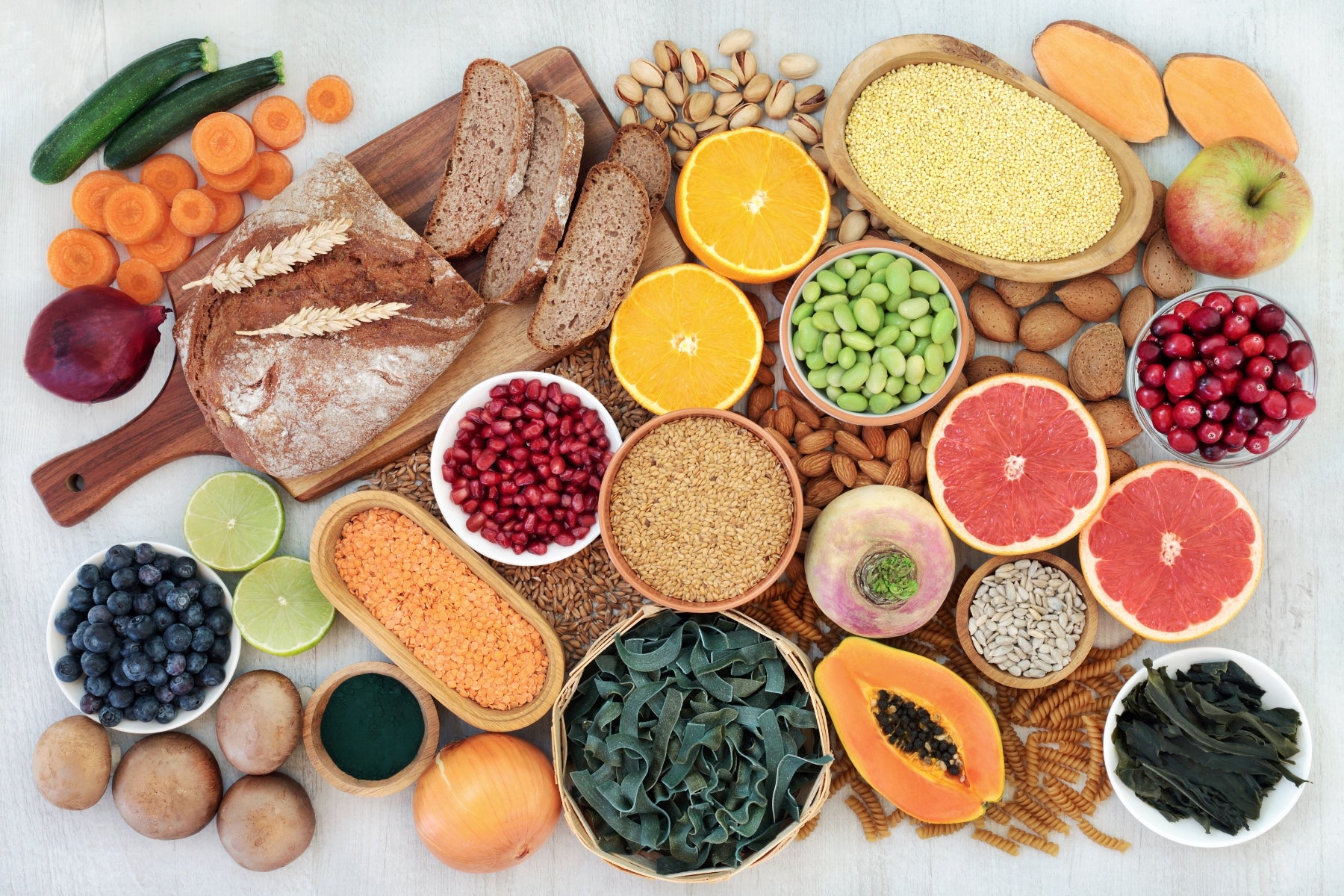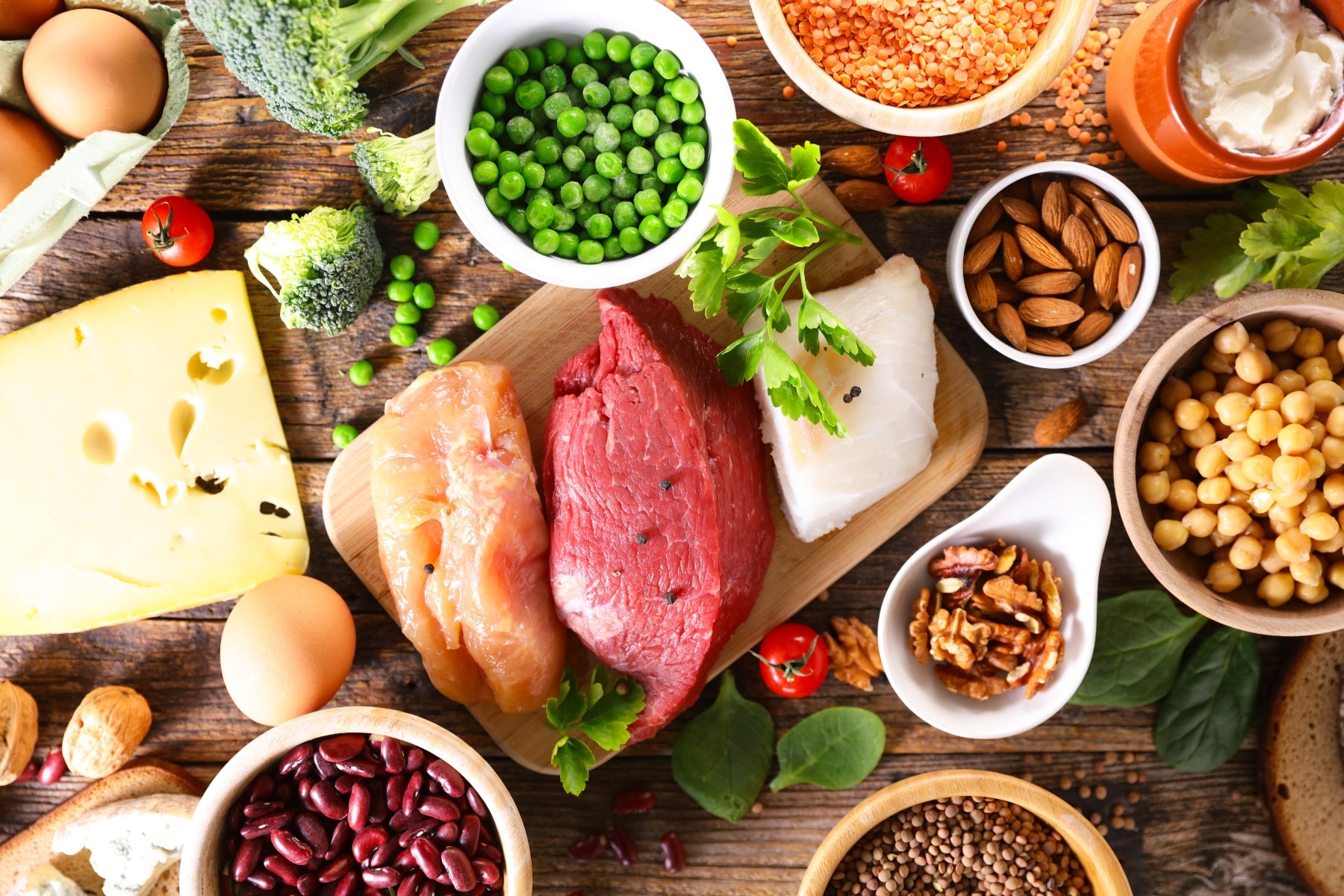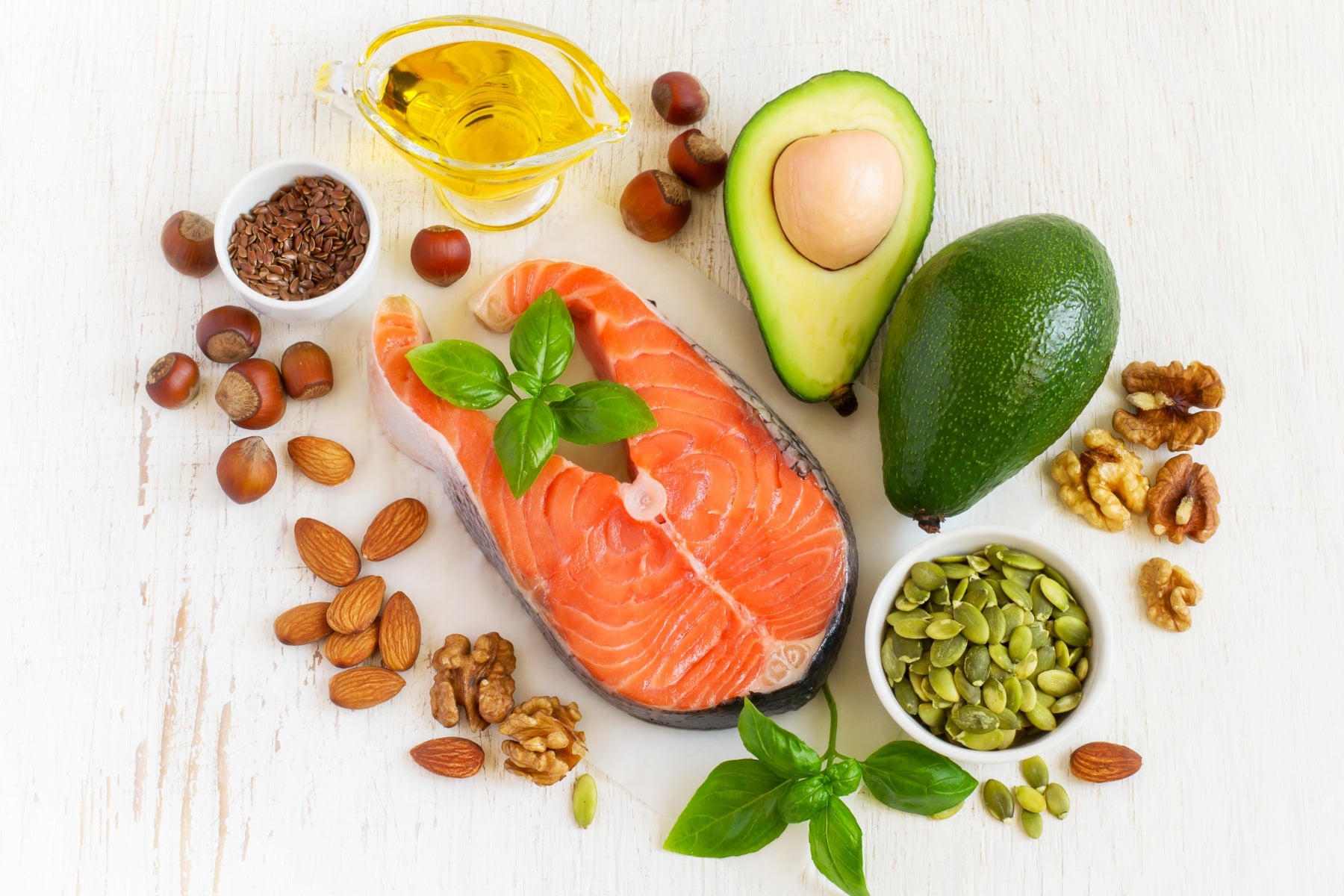Table of contents
1
What are carbohydrates?
How are carbohydrates formed?
Are all carbohydrates the same?
What types of carbohydrates are there?
Are carbohydrates good or bad?
Carbohydrates table: The different types of carbohydrates at a glance
2
Carbohydrates in the body
What functions do carbohydrates perform in our body?
How many carbohydrates per day do I need? (Carbohydrate calculator)
Do carbohydrates make you fat?
3
Carbohydrates on the menu
What carbohydrates should I eat?
Which carbohydrates are contained in which foods?
When should I eat carbohydrates?
4
Carbohydrates and sport (training)
Carbohydrates before training
Carbohydrates after training
Carbohydrates muscle building
What does my body use as fuel when I eat too few carbohydrates?
5
Conclusion
Table of contents
1
What are carbohydrates?
How are carbohydrates formed?
Are all carbohydrates the same?
What types of carbohydrates are there?
Are carbohydrates good or bad?
Carbohydrates table: The different types of carbohydrates at a glance
2
Carbohydrates in the body
What functions do carbohydrates perform in our body?
How many carbohydrates per day do I need? (Carbohydrate calculator)
Do carbohydrates make you fat?
3
Carbohydrates on the menu
What carbohydrates should I eat?
Which carbohydrates are contained in which foods?
When should I eat carbohydrates?
4
Carbohydrates and sport (training)
Carbohydrates before training
Carbohydrates after training
Carbohydrates muscle building
What does my body use as fuel when I eat too few carbohydrates?
5
Conclusion
| Name | Simple sugar | disaccharides | Multiple sugars |
|---|---|---|---|
| "Nicknames" | Monosaccharides, simple carbohydrates, fast carbohydrates | Disaccharides, double sugars, short-chain carbohydrates | Polysaccharides, oligosaccharides, polysaccharides, long-chain carbohydrates, complex carbohydrates, high-molecular carbohydrates, subcategory: dietary fibres (non-utilizable carbohydrates) |
| Most important representatives | Glucose (dextrose), fructose (fruit sugar) | Sucrose (cane and beet sugar / household sugar), lactose (milk sugar) | Starch, glycogen, cellulose |
| Natural occurrence | Fruit, vegetables, honey | Sugar beet/sugar cane, fruit, cereals, dairy products | Potatoes, cereals, pulses, fruit, vegetables |



